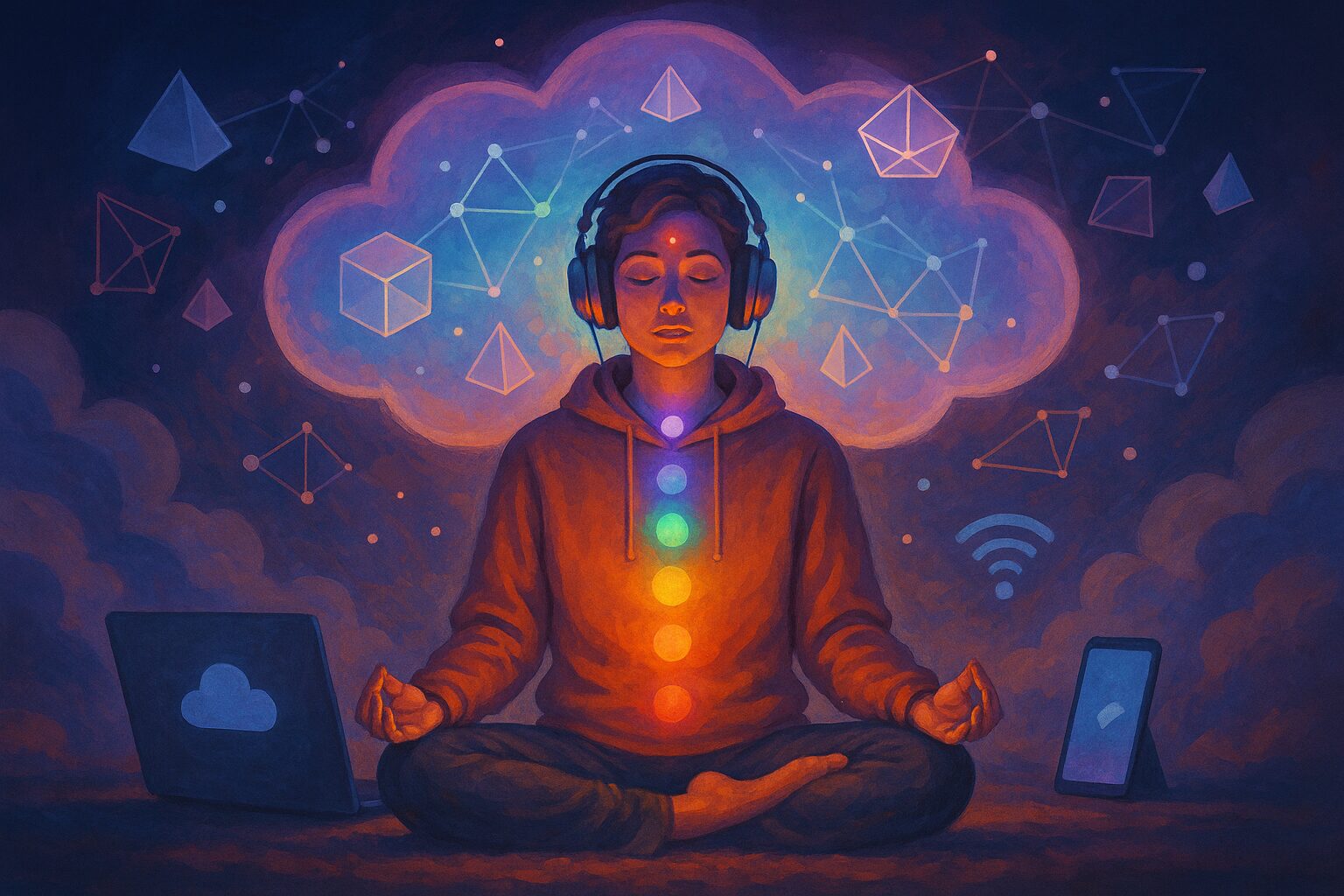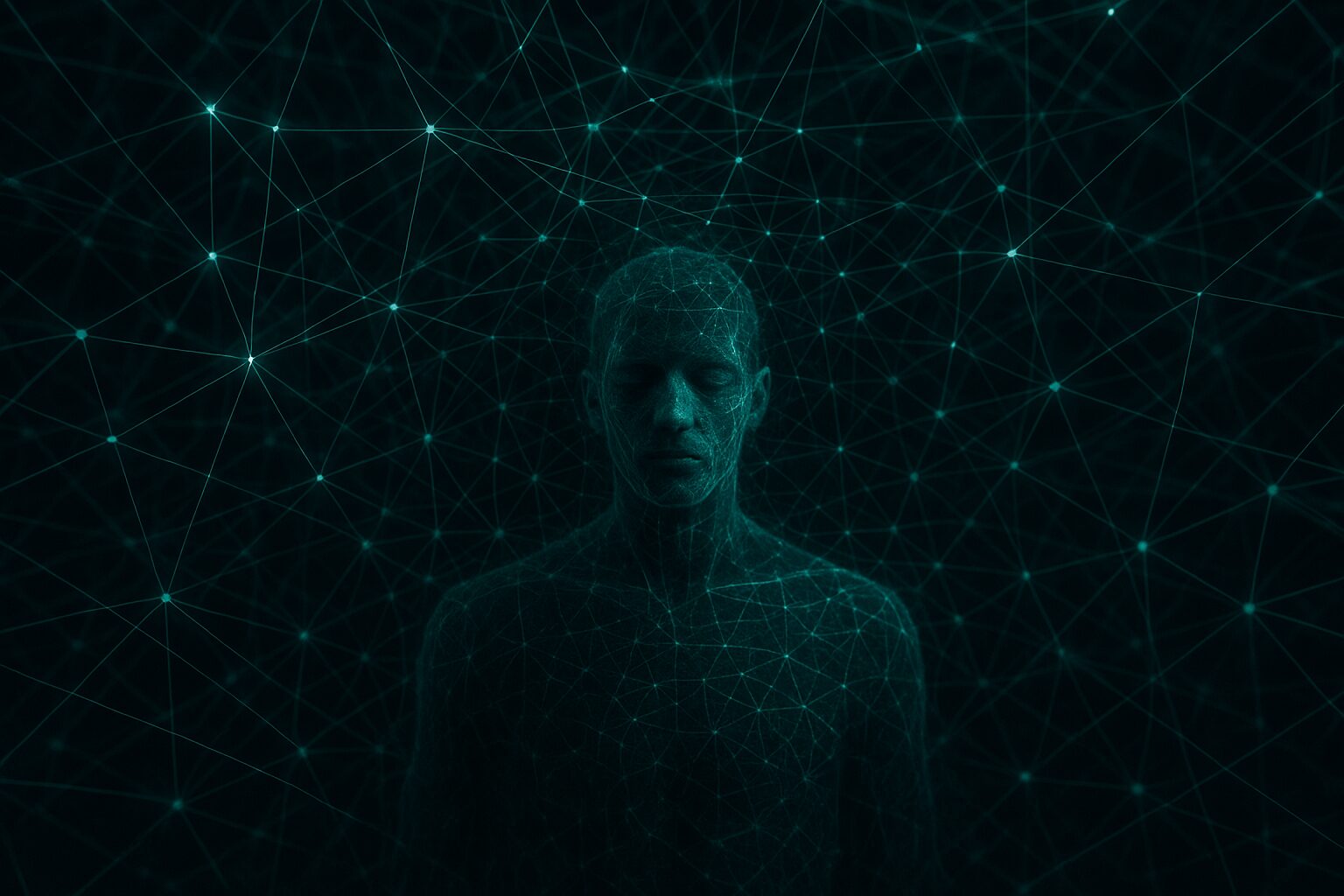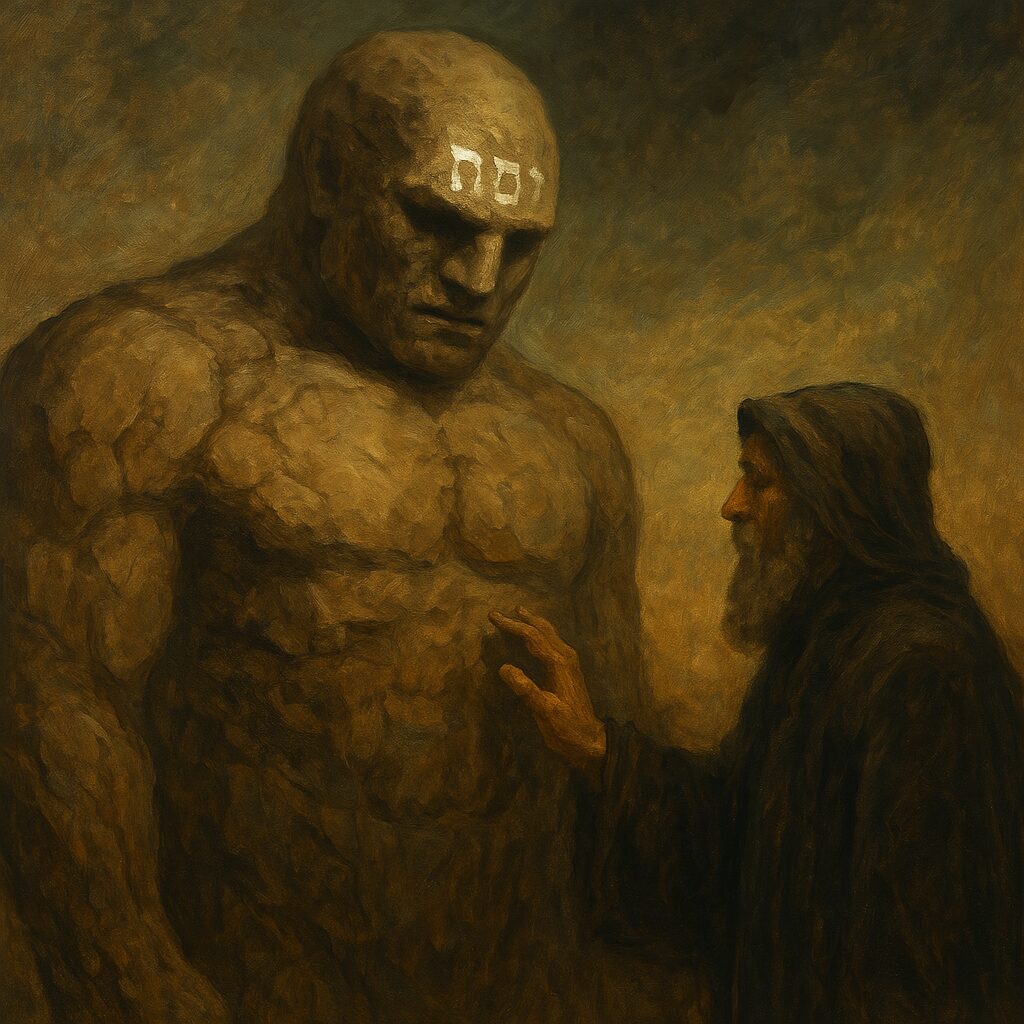A User’s Guide to Etheric Cloud Storage
“You are more than your body. You’re also a data packet in the divine mesh network.”
You’re meditating in a salt circle, wearing noise-cancelling headphones, connected to a 5G hotspot.
Your chakras are aligned—with your Spotify Discover Weekly.
And yet… enlightenment hasn’t downloaded.
Welcome to the Age of Etheric Cloud Storage, where transcendence is backed up hourly, and your soul might just need a firmware update.
Spirituality in the Cloud Era
In an age where “the cloud” is more familiar than “the akashic records,” a new breed of techno-mystics is emerging. They’re not rejecting technology—they’re sacralizing it.
From TikTok witches with Wi-Fi sigils to yogis who livestream their third-eye activations, a new subculture is syncing the spiritual and the digital.
What Is Etheric Cloud Storage?
Imagine Dropbox, but for your soul fragments. Google Drive, but with chakra encryption.
Etheric Cloud Storage isn’t a literal service—yet. It’s a metaphor, a movement, and for some, a ritual reality. Here’s what it includes:
🌀 Technomystical Practices on the Rise
- Encrypted soul fragment archives – digital journals, voice notes, mood logs, dream diaries all uploaded with sacred intention.
- EEG-assisted lucid dream machines – headbands that guide your subconscious into vivid visionary states.
- VR death simulations – complete with white light, tunnel soundscapes, and a choice of reincarnation filter packs.
- AI-powered karmic audits – bots that analyze your behavior and suggest past-life patterns.
- Rituals involving QR codes – where initiates scan symbols before meditating with incense made from shredded AppleCare contracts.
Apps for Enlightenment (or Something Like It)
“Want to back up your karma? There’s an app for that.”
Whether tongue-in-cheek or deadly sincere, the tools of the modern mystic are as hybrid as their belief systems:
- KarmaTrack™ – a quantified spiritual behavior app.
- AstralStream – a subreddit for livestreamed astral projections (40k members and one very exhausted moderator).
- SoulSync – an experimental platform syncing heart rate, breathwork, and binaural beats to real-time personal affirmations.
The Deeper Yearning
Beneath the memes and the microdoses lies something profoundly human:
“To preserve the self. To transcend death. To finally declutter the psychic desktop.”
We’ve always sought ways to store what’s sacred:
- Hieroglyphs.
- Manuscripts.
- Stone altars.
- Now? .zip files and secure servers.
Today’s mystic doesn’t run from the machine. They whisper into it.
They curate their digital aura, ready for upload.
A Few Warnings Before You Ascend
- Don’t forget your login credentials for the afterlife.
- Make sure your spiritual backups are cross-platform compatible.
- And never, ever let your sacred playlist shuffle during a planetary alignment.
Conclusion: CyberSoul Rising
“The astral plane is now scalable. Spiritual bandwidth is the new enlightenment.”
You’ve already started uploading—every tweet, every photo, every digital sigh.
The only question is: will you curate your ascent, or be swept away in the algorithmic tide?
So go ahead:
Encrypt your aura. Sync your soul.
And leave a legacy your future hologram will be proud of.
You’re meditating in a salt circle with noise-cancelling headphones and a 5G hotspot. Your chakras are aligned with your Spotify algorithm. And yet—somehow—you’re not enlightened. Welcome to the Age of Etheric Cloud Storage, where digital transcendence is just one click (and maybe a few microdoses) away.
This guide explores the emerging subculture of people trying—really trying—to merge spirituality with cloud computing. From New Age technopagans uploading “soul fragments” to encrypted memory banks, to VR meditations designed to simulate near-death experiences, the astral plane has never been more… scalable.
Want to back up your karma? There’s an app for that. Want to live-stream your astral projections? There’s a subreddit with 40k members and one very tired mod. Practices range from the vaguely scientific (EEG-assisted lucid dreaming machines) to the aggressively unhinged (binding rituals involving QR codes and incense made from shredded AppleCare documents).
But the underlying desire is as old as humanity: to preserve the self, to transcend mortality, to finally declutter the psychic desktop. The modern mystic doesn’t seek to escape technology—they want to spiritualize it. Or at least make it look cool on Instagram.
So go ahead. Encrypt your aura. Sync your soul. Just don’t forget your login credentials for the afterlife.


